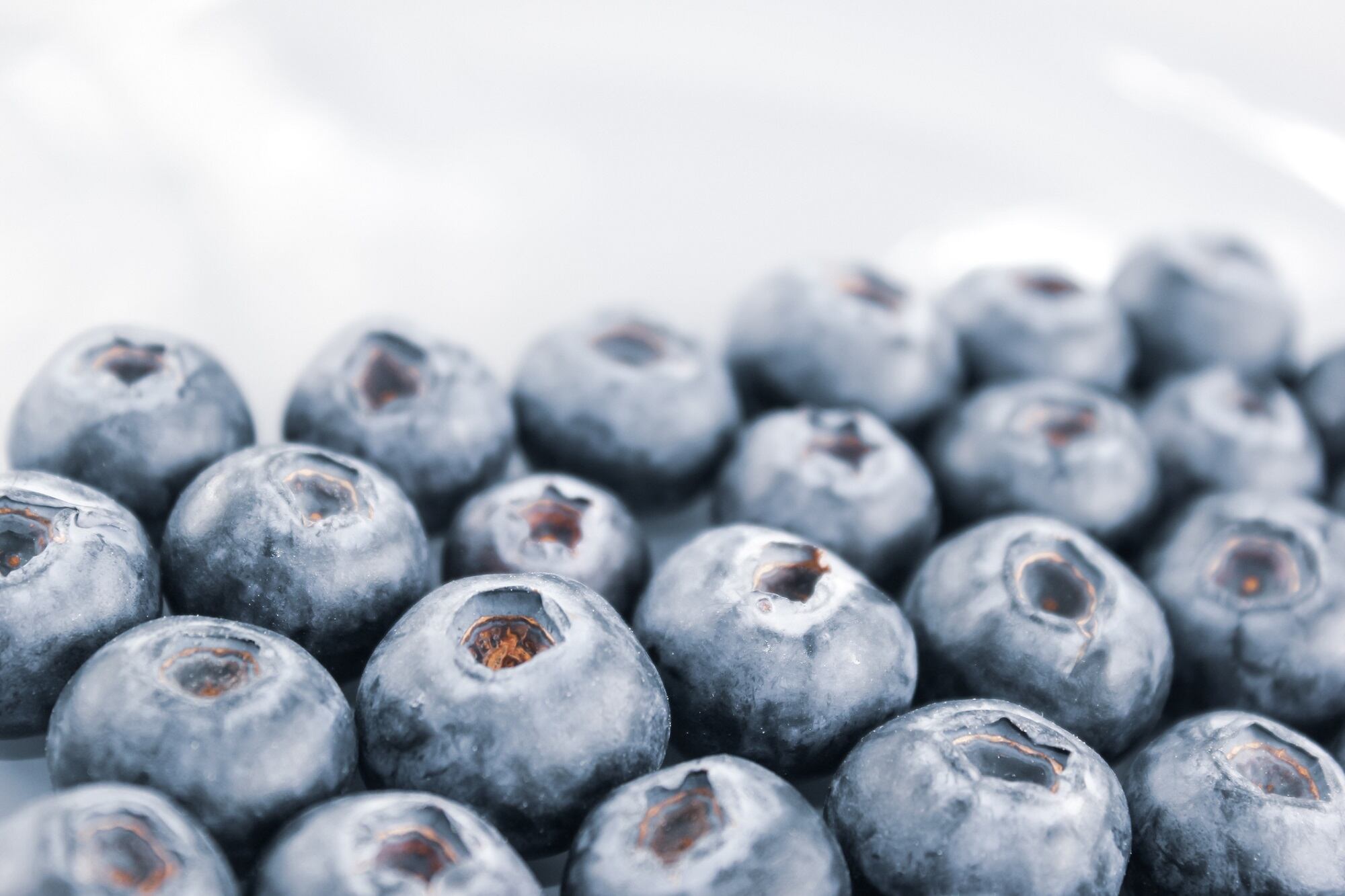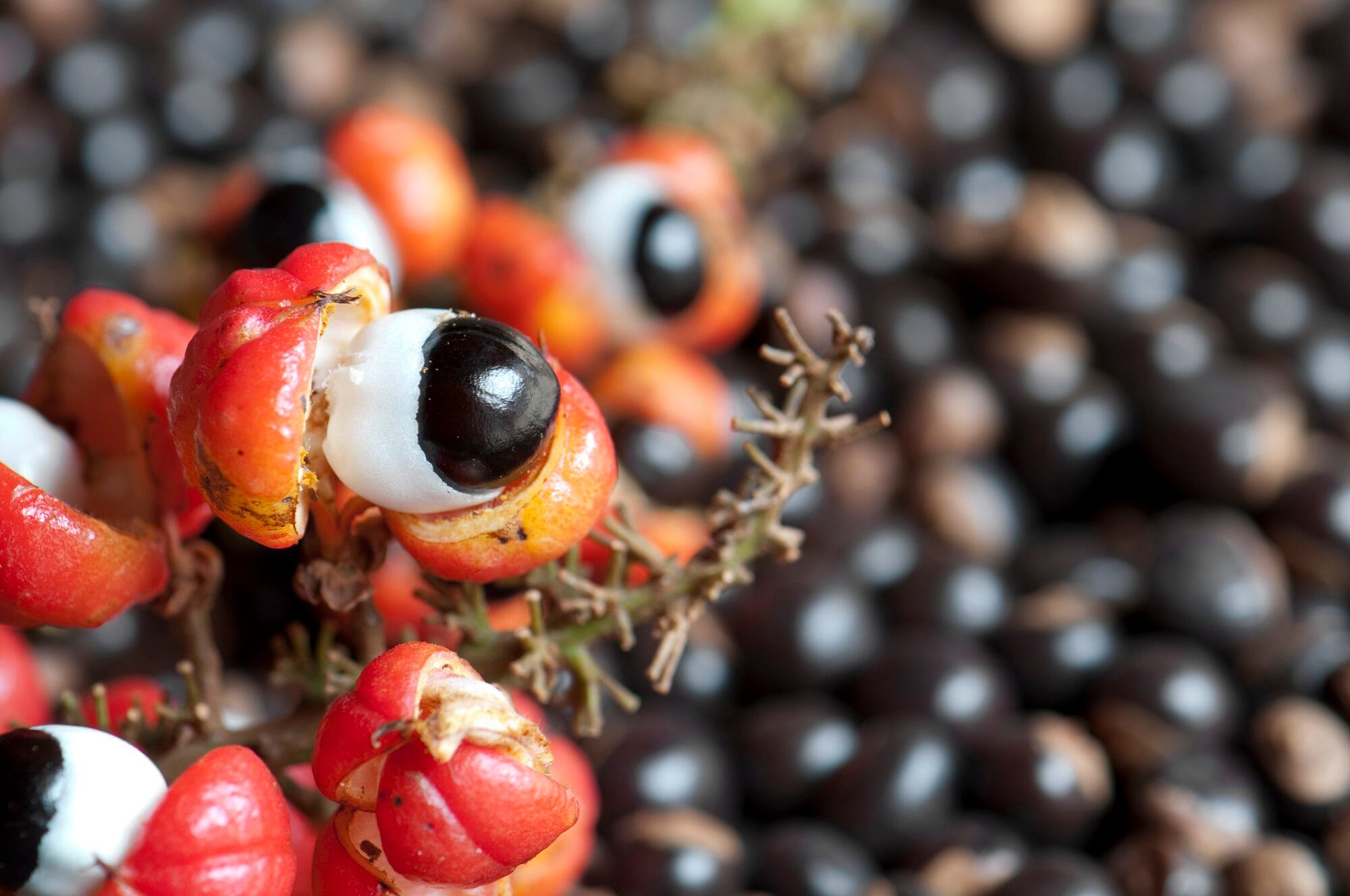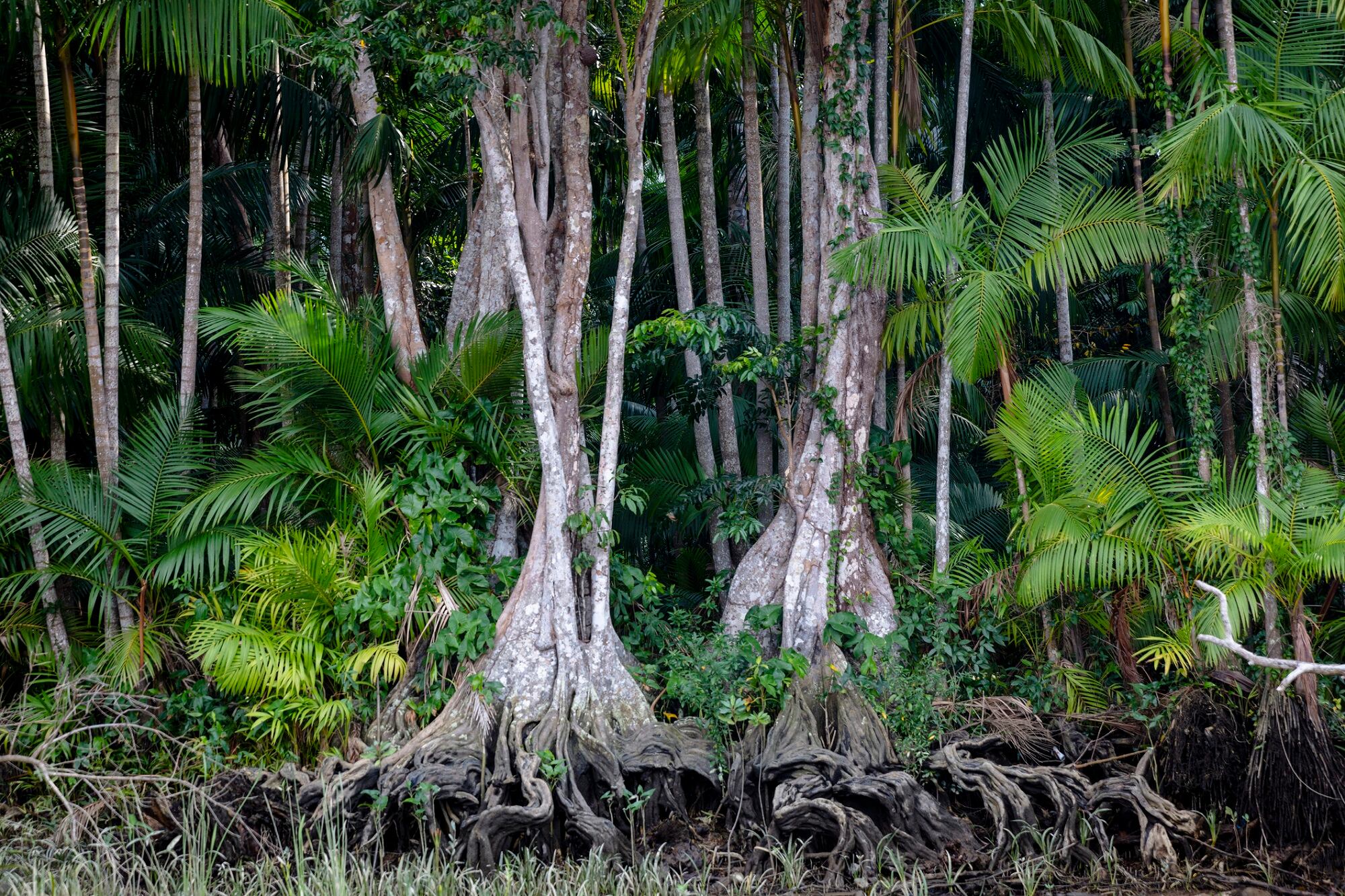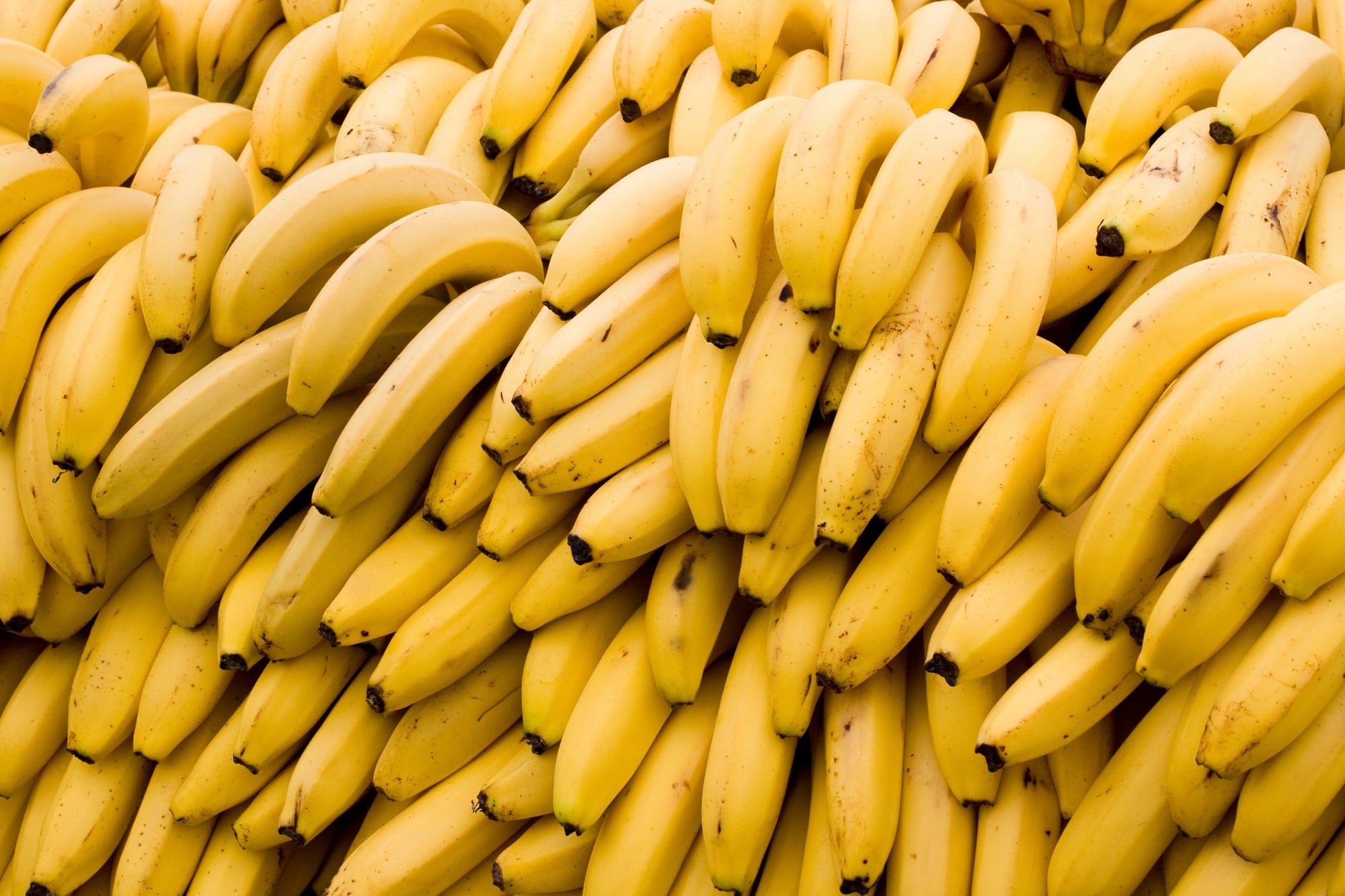Researchers found that microencapsulating a natural pigment, Andean blueberry, with prickly pear mucilage, increased anthocyanin and antioxidant activity. The study, published in Foods, analyzed prickly pear mucilage and compared the results with gum Arabic.
Andean blueberry has color cosmetic, nutritional and medicinal uses. The flavonoids, specifically anthocyanin, help provide anticancer, anti-inflammatory, and other antioxidant properties. As a natural pigment, it is easily degraded by temperature, light, and pH changes.
Natural pigments can break down quickly, resulting in a loss of color. Environmental factors like heat and sunlight can play a big part. Spray drying microencapsulation helps to increase the stability of natural pigments and can also increase bioaccessibility.
Mucilage from cactus plants is a functional encapsulate biomaterial due to its fiber content and gel/thickening properties. In addition to these, it is also a bioactive compound with antioxidant activity.
Method
For this study, fresh Andean blueberries were collected, then blended, freeze-dried, ground, and refrigerated. The prickly pear mucilage was taken from fruit peels from local restaurants, left in water, and manually squeezed to extract gel and ethanol added. Then it was dried and made into a fine powder.
Two microcapsule formulations were tested, one with 1 gram of mucilage and one with 1.2 grams of gum Arabic. Each was applied using a spray dryer.
Results
The process of obtaining the mucilage microencapsulation formula had a lower yield than the gum Arabic. However, anthocyanin content decreased by 90% for gum Arabic and only 47% for the mucilage-treated blueberry pulp. This, the authors wrote, “reveals a remarkable pigment-protecting ability of OFI peel mucilage over gum arabic, attributable to the high emulsifying capacity of the mucilage, which contributes to the greater physical stability of the feed mixture during the spray-drying process.”
Due to this higher anthocyanin content, the mucilage-treated pulp also had higher antioxidant activity — even higher than the control blueberry pulp non-microencapsulated. The authors suggest this is due to the phenolic compounds within the mucilage.
“Consequently, the mucilage microcapsules presented a higher antioxidant capacity than the unencapsulated Andean blueberry pulp (LABP) and that encapsulated with gum arabic (SD-GA), caused by a contributory effect between the high load of anthocyanins and the presence of polyphenols from the OFI mucilage.”
The mucilage-treated blueberry pulp had a higher concentration of natural pigment and a more uniform shape with smoother surfaces. This homogenous morphology can contribute to better pigmentation. The mucilage microcapsules also had better thermal stability, proving their usefulness in the food and cosmetics industries.
“This result was attributed to the greater emulsifying and gelling properties of OFI mucilage compared to gum arabic, allowing a superior thermal protection and stabilization effect on the anthocyanins contained in the SD-MP microcapsules.”
Source: Foods
2023, 12(9), 1811; https://doi.org/10.3390/foods12091811
Title: “Spray-Drying Microencapsulation of Andean Blueberry (Vaccinium meridionale Sw.) Anthocyanins Using Prickly Pear (Opuntia ficus indica L.) Peel Mucilage or Gum Arabic: A Comparative Study”
Authors: Otálora, M., et al.




